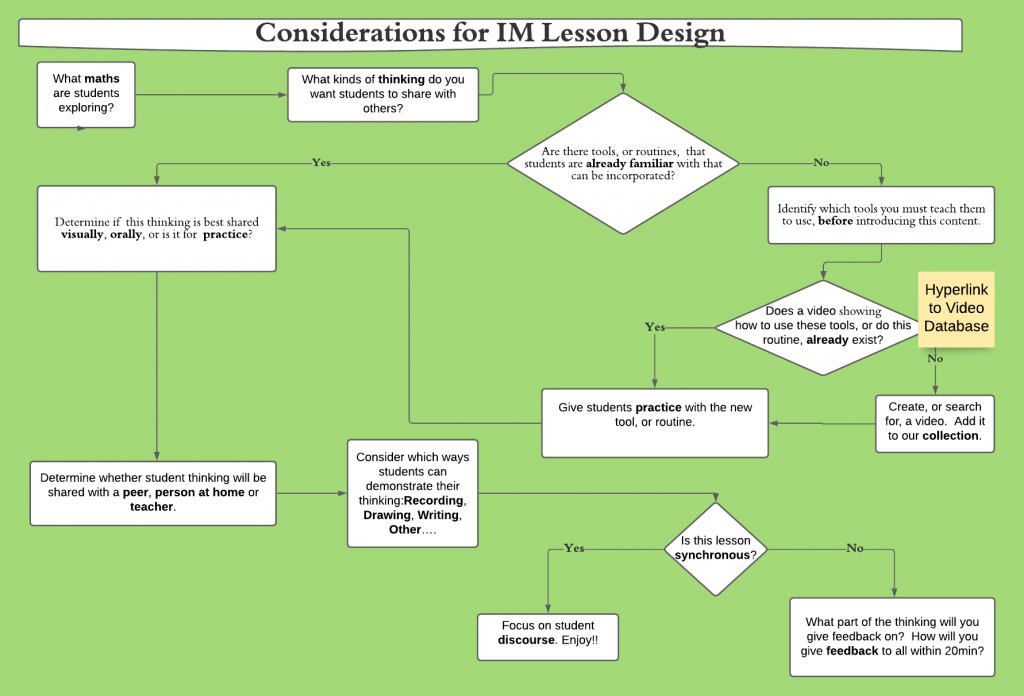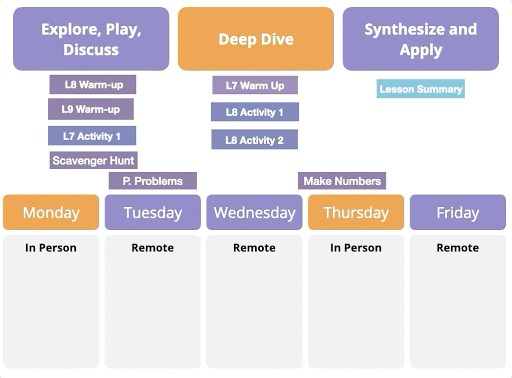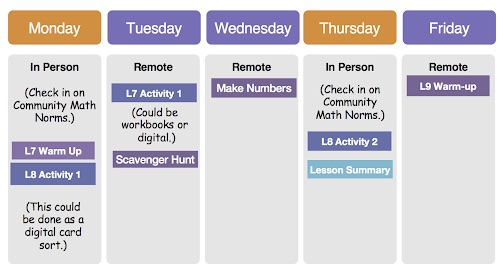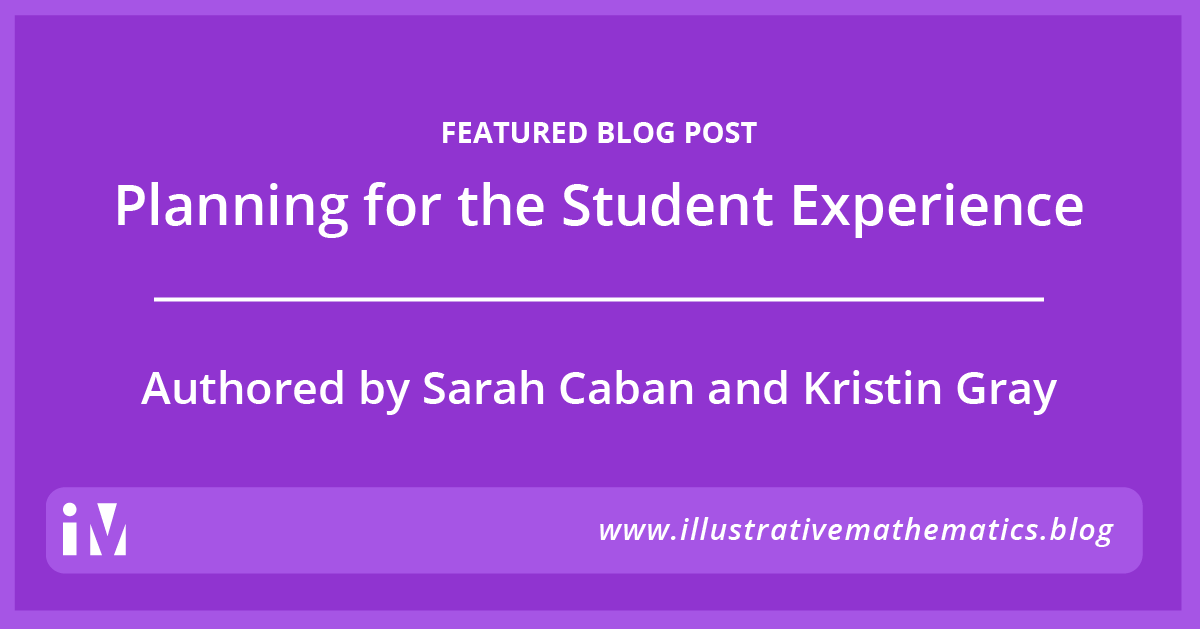by Sarah Caban and Kristin Gray
Teachers are so amazing and resilient. Amid all of the many thoughts and feelings about the challenges this school year brings, conversation continually revolves around their students.
When discussing instruction, teachers wonder:
- How will I get to know the students?
- How will I learn more about what the students are thinking?
- How will I build a classroom community?
- How will I support each student along the way?
And, perhaps most frequently in relation to piloting the K–5 curriculum materials, how will I teach the content?
All of those questions are complex in a typical school year, so thinking about them within the ever-changing constraints of teaching and learning during a pandemic just blows the mind. It is hard to even imagine how to be helpful and supportive when the setting and activity structures we are designing for were intended for a teaching space that no longer exists.
So, when the curriculum materials are not created in a digital format to use during distance learning, “teaching the content” is often muddled with “delivering the content.”
In the current situation, we know that technology is helpful in supporting the delivery of materials to students. As districts move all or a portion of instruction online, the pool of tech tools continues to broaden. There is a lot to consider. We want to do more than translate the curriculum materials into a digital worksheet, so we need to think about how students are engaging with the math. We have to consider what it looks and feels like for students. What message(s) does the math content and the format in which it is presented send about what it looks like to engage in mathematics? What message does the content send about what we value? What can we learn about our students along the way?
Collaboration between IM Authors, Classroom Teachers, and Coaches
To tackle this challenge, this summer we worked with teachers and coaches involved in the IM K–5 math beta pilot. Each week, we collaborated on ways to prioritize and reimagine content for distance learning in a way that focused on the student experience. We talked about the math, student discourse, formative assessment, and family engagement, as well as the affordances and constraints of technology. Choosing the tech tool became a result of what we wanted students to experience, not the thing that predetermined that experience.
Together, we created “storyboards” for routines that provide teachers the purpose of the routine and include copy/paste-able text that can be used in any tech platform a teacher chooses to use. We also created generalized processes to support teachers in planning around mathematical goals and assessment opportunities.
When we started this work, the group was understandably anxious to create resources in virtual platforms as fast as we could. Through many conversations, we transformed into a group that focused on getting to know the students, learning more about their thinking, and building a classroom community. The actual process of choosing and creating materials within a digital platform became a natural extension of those conversations.
Every single member brought tremendous value to the group. As each person shared in our last working group meeting, we had goosebumps and tears in our eyes. Each resource was developed with such thought and intention, and there was a palpable “we got this” confidence our group had developed together. While it is impossible to share everyone’s work in this space, here are a few examples created by amazing teachers in Portland (ME) Public Schools.
Considerations for IM Lesson Design in Different Settings
Sarah Norsworthy thought about lesson planning as a flow chart that starts with the math students are engaging in and continues along the trajectory of planning a lesson through the lens of students thinking.

Planning for Hybrid Classrooms with a Story in Mind
Jen is a Kindergarten teacher leader who created a planning template for first grade teachers to use for unit 1. She considered the story of the math as presented in the section level planning guide and aligned it to the structure of her school week.

She integrated community building into her synchronous time with students. Finally, she considered how technology might be used to support students as they engage with the math in each activity.

So, how do we plan for the student experience during the chaos of a pandemic? We plan together. We can’t do this by ourselves. As a writing team of teachers and coaches, we have known from the beginning that writing this curriculum in collaboration with teachers was imperative. Many of the changes we made from alpha pilot to beta came from conversations with teachers and recommendations that teachers made. This summer, working with teachers, it became even more clear to us how essential it is to connect our work to the lived classroom experience, whether that classroom is in a building or a zoom room.
Next Steps
In what ways are you putting students at the forefront of your planning? We would love to hear your ideas and strategies in the comments below.
Not a part of the IM K–5 beta pilot? Not a problem! Unit 1, along with the guidance for distance learning, is available for any K–5 teacher. You can access the materials and connect with other educators on the IM Community Hub.
